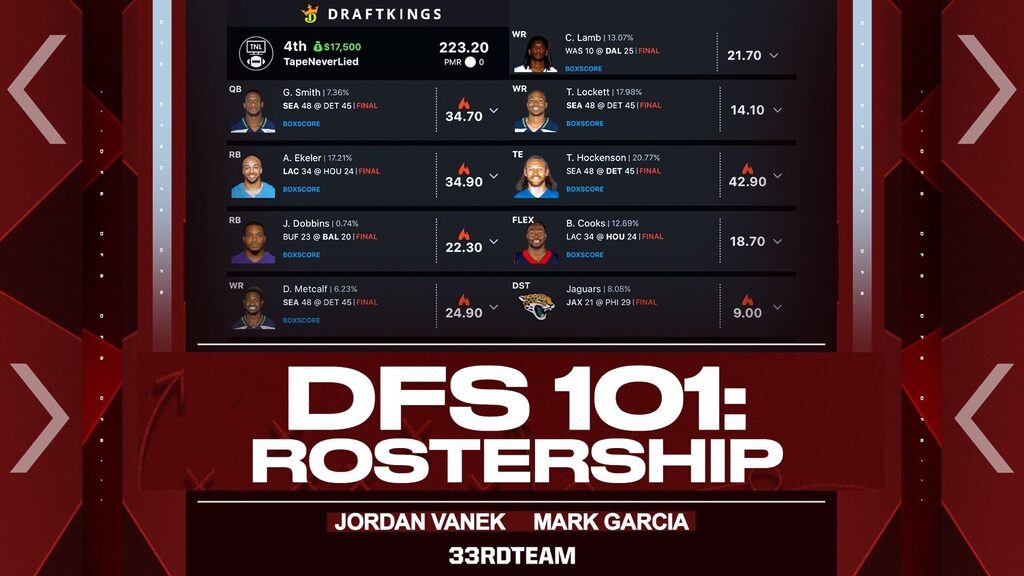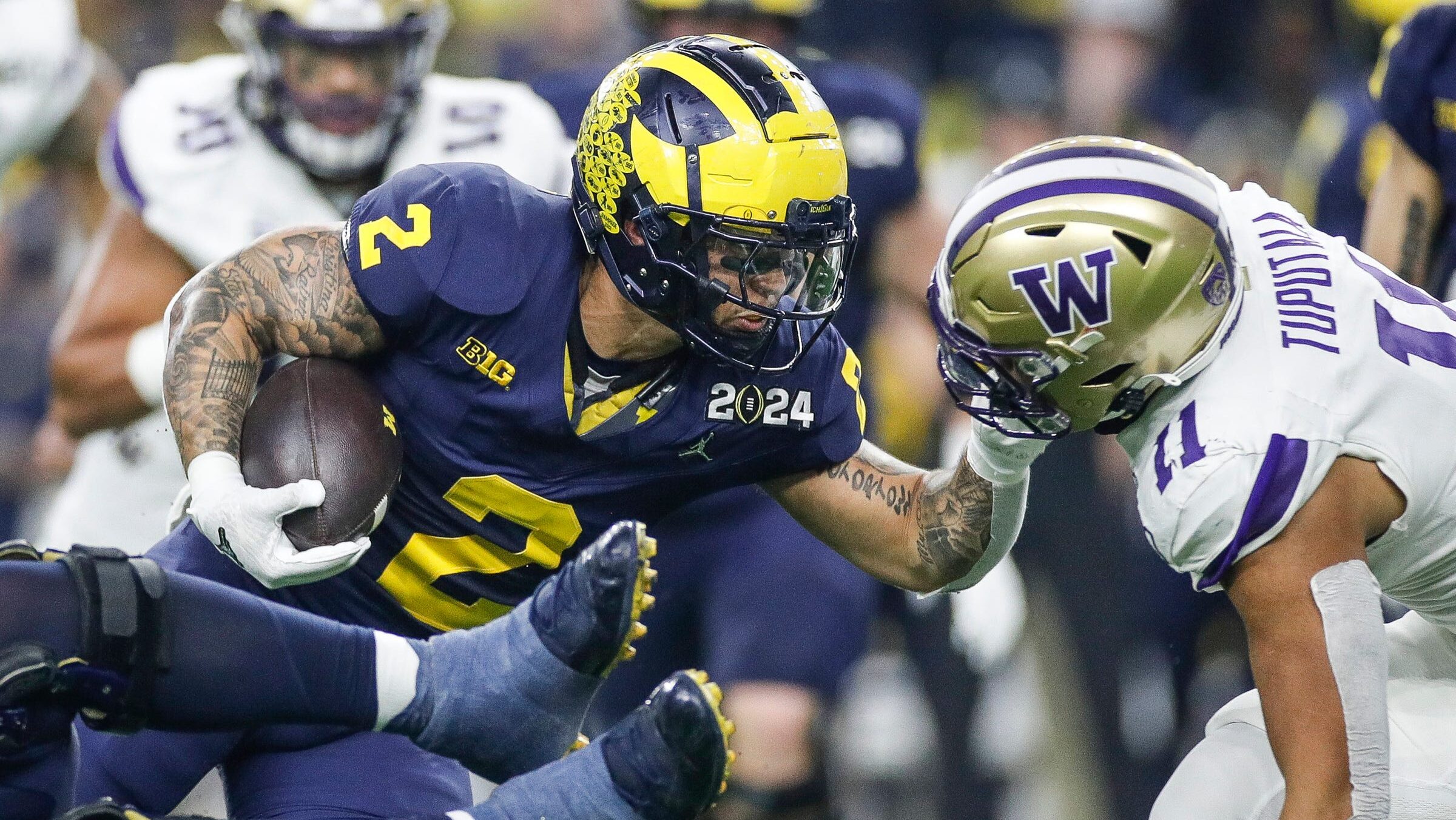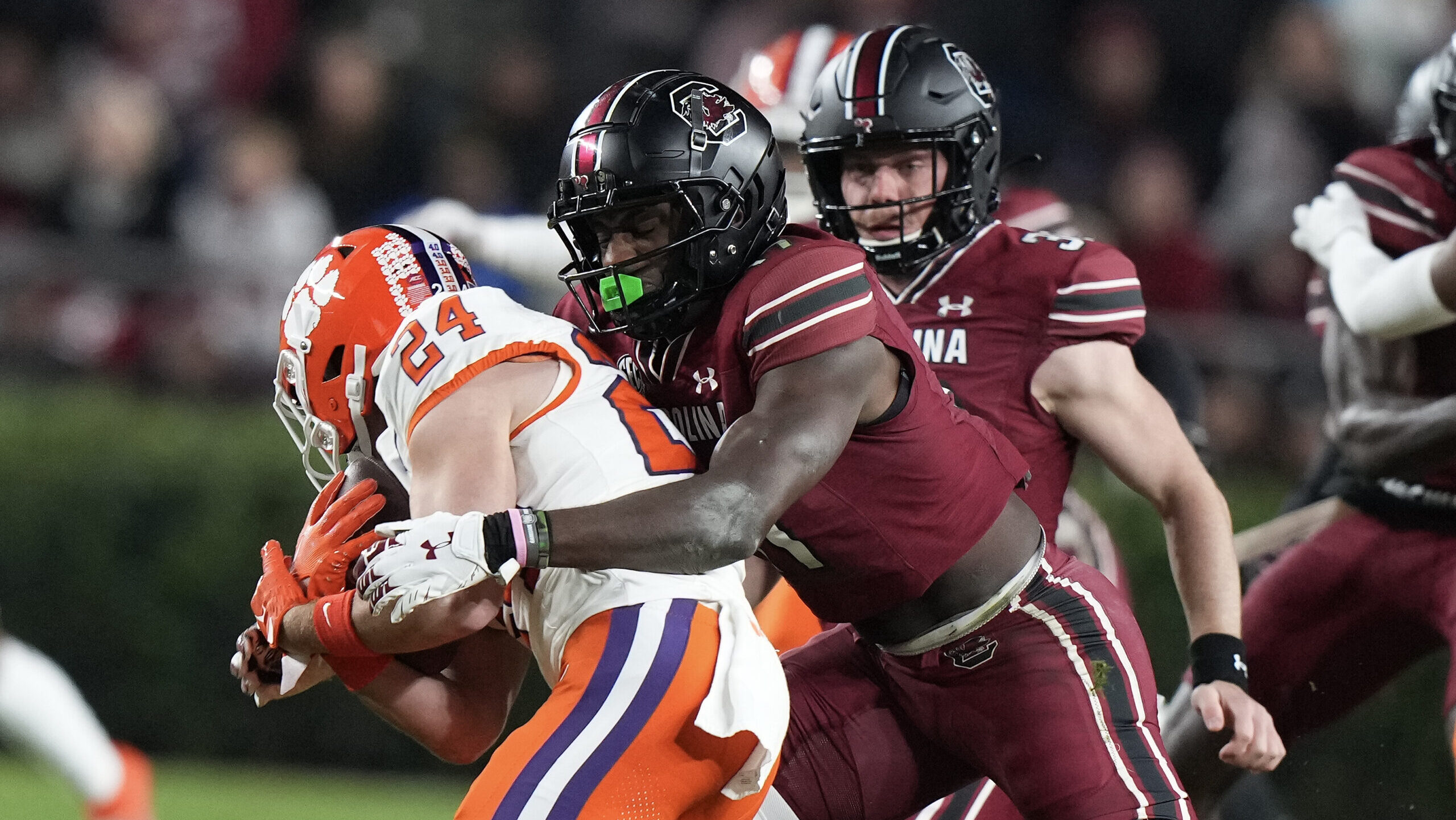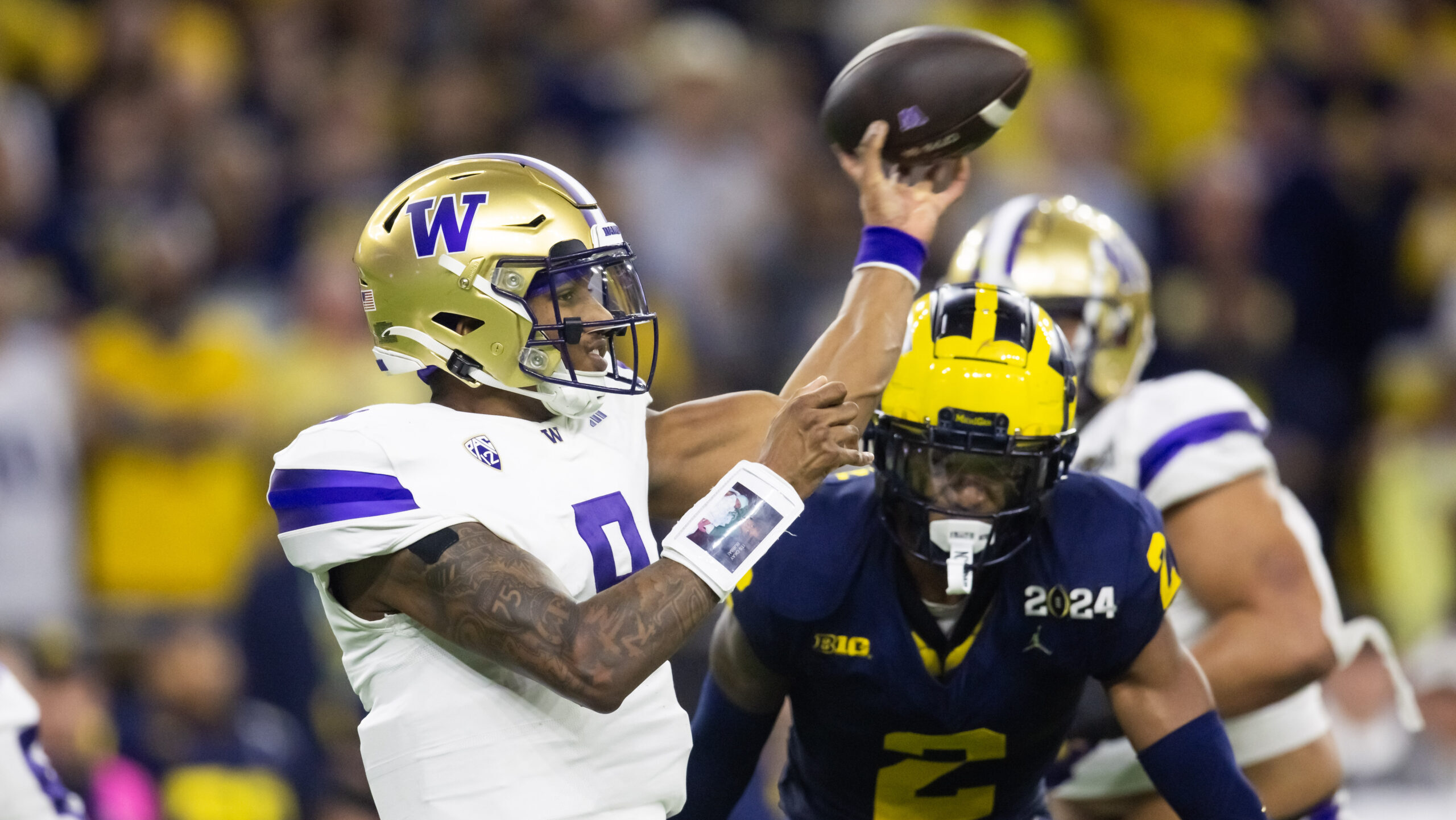Fantasy
6/29/23
5 min read
Understanding Rostership in Daily Fantasy Football

Understanding rostership projections is essential in Daily Fantasy Sports (DFS). These projections, generated based on various factors such as betting lines, team totals, pricing and player popularity, provide valuable insights into the competition.
This article explores the significance of rostership projections, how to interpret them and their role in lineup-building strategies, as discussed by DFS experts Mark “Hilow” Garcia and Jordan Vanek.
Understanding Rostership
Section 1: Projections
What Are Rostership Projections?
Rostership projections are built on large-field tournaments and consider factors such as over/under, spreads, team totals, pricing, historical data and player popularity. These projections are vital for helping players build lineups and find ways not to be duplicated.
Why Are Rostership Projections Important?
In DFS, everyone has the same budget due to the salary cap. Similar roster construction and high rostership occur due to inefficient player pricing. Use projections to understand the field, analyze roster trends and build unique lineups to reduce competition.
This game is against humans, not computers. Factors such as human psychology, game theory and player interaction provide a clearer path to success than relying solely on varied projections, which often overlap in the industry and carry significant variance. — Hilow
Rostership projections are a valuable tool for understanding the competition in DFS. They are crucial in specific scenarios, helping you identify the ideal player within a similar price range. I participate in contests with limited entries, which require a different approach to these projections, as will be discussed in Section 2. — Vanek
Section 2: Interpreting Projections
How to Read Rostership Projections
Rostership numbers are generated based on projection models that assign players a range of outcomes. Median projections, derived from these models, are what ends up being displayed. Factors such as deviation, game totals, implied team totals and weather all influence initial rostership projections. They fluctuate throughout the week due to information updates, player hype and external factors.
Accurate projections often come closer to Sunday. While these models improve, they can’t guarantee 100 percent certainty. Savvy DFS players leverage the model’s inaccuracies, betting against outcomes, median projections and human psychology when building rosters. — Hilow
In large-field contests with 150 lineups allowed, I consider rostership projections within a five percent range of their actual values. For example, if Saquon Barkley is projected at 20 percent, I estimate his range to be 17-23 percent. I widen the range based on matchup and position in single-entry or three-entry max contests. For Barkley, I would estimate him to be around 15 percent, with a range of 20-35 percent. — Vanek
How to Handle Chalk (Highest Projected Rostered Players)
I classify chalk in four categories: good, bad, expansive and restrictive. Good chalk has upside at its salary, and I’m comfortable being even or overweight on it, even with high expected rostership. Bad chalk has downside, and I aim to be underweight or even fully fade it.
Expansive chalk and restrictive chalk are terms I introduced in the 2021 season, each of which aims to explain what that piece does to the salary remaining to allocate to the other pieces of the roster. Expansive chalk allows flexibility in roster construction, resulting in lower composite rostership. Restrictive chalk leads to similar salary allocations, making many field rosters similar. — Hilow
I have a process for evaluating popular players. First, I assess if their popularity is justified. Projection models have limitations, so I rely on my understanding of defensive schemes and game plans to gauge potential success. If it indicates a strong performance, I move on to the next question.
I consider the matchups of players around the same price range. When a player is highly popular at a specific price point, there’s often an opportunity to find a slightly higher- or lower-priced player with a better matchup and higher ceiling. In such cases, I pivot to that player. — Vanek
Section 3: Utilizing Projections in Lineup Building
Building Contrarian Lineups
It’s more beneficial to alter the entire roster composition rather than just using a “pivot” strategy in DFS tournament play. This reduces the competition percentage and increases the chances of winning. Contrarian play focuses on having an impact on the field size through salary allocation rather than player comparisons.
I use rostership projections to identify high-ceiling players overlooked by the field. Understanding the range of outcomes and variance is crucial for this approach. Balance is not my top priority, as I focus on building a completely different roster rather than on capturing low-rostered individual pieces. When incorporating chalk, I use the chalk classifications to gauge the extent of deviations needed for contrarianism. — Hilow
When constructing my lineups, I aim to include at least one player with a projected roster percentage of around five percent. I avoid overloading my lineups with popular chalk players and instead focus on ensuring that my five percent rostered player has the potential to achieve at least four times their price point in scoring.
For instance, if my five percent player is priced at $8,000, I target a production level of 32 points. Garcia’s approach aligns with the philosophy of “flipping the build,” which is a powerful strategy to be unique and puts you in a favorable position for tournaments. In football, it’s relatively easier to build contrarian lineups when you have the right tools to guide you. — Vanek
Summary
Rostership projections play a vital role in DFS, helping players gauge the field and make informed decisions when constructing lineups. While Hilow emphasizes leveraging projections’ inaccuracies and incorporating contrarian strategies to reduce competition, Vanek focuses on identifying optimal pivots and finding balance in roster construction.
Both experts stress the importance of understanding the nuances of rostership projections, considering player matchups and utilizing projections to identify hidden gems with high ceilings. By incorporating these insights, DFS players can gain a competitive edge and maximize their tournament success.
Follow The 33rd Team Podcast Network on Spotify and Apple Podcasts.









